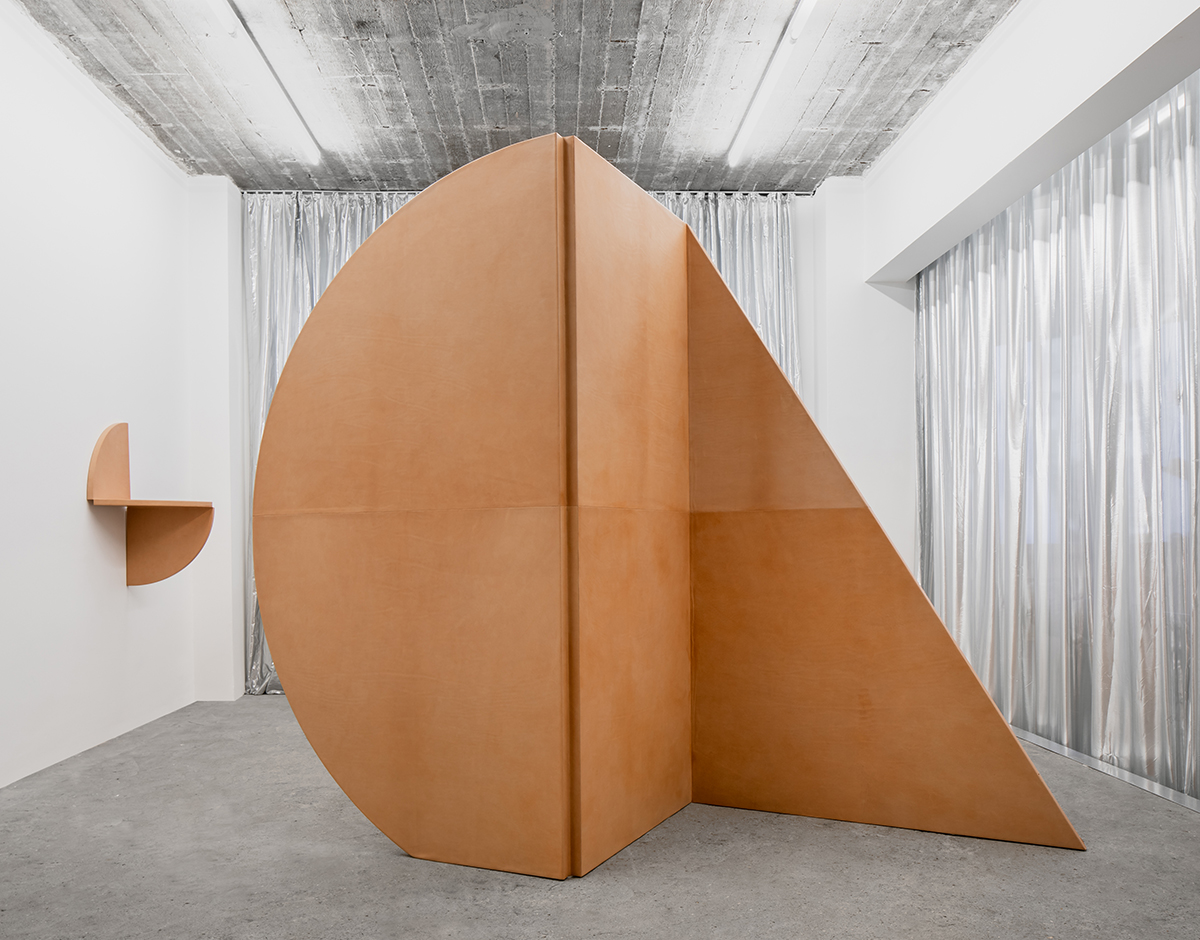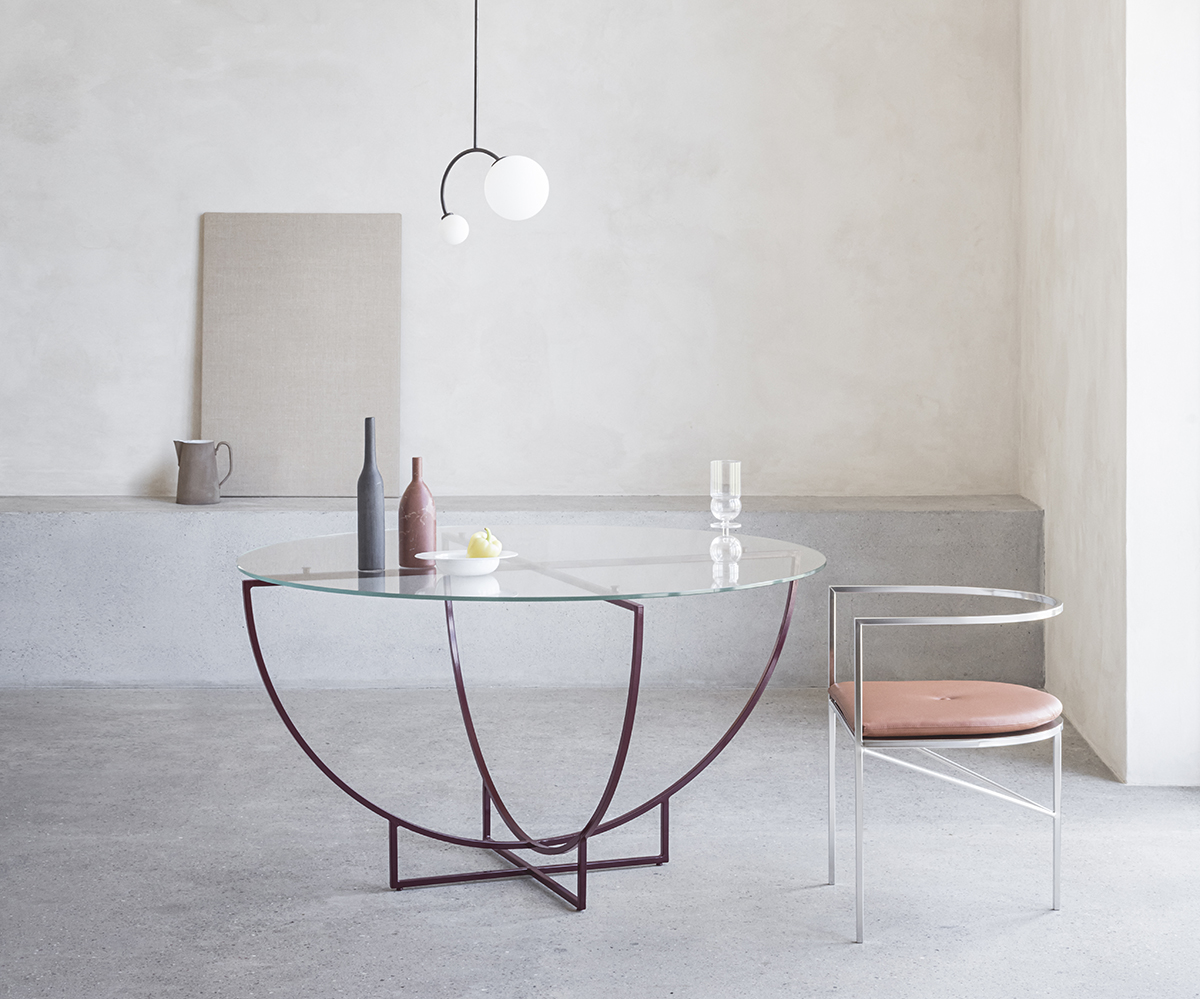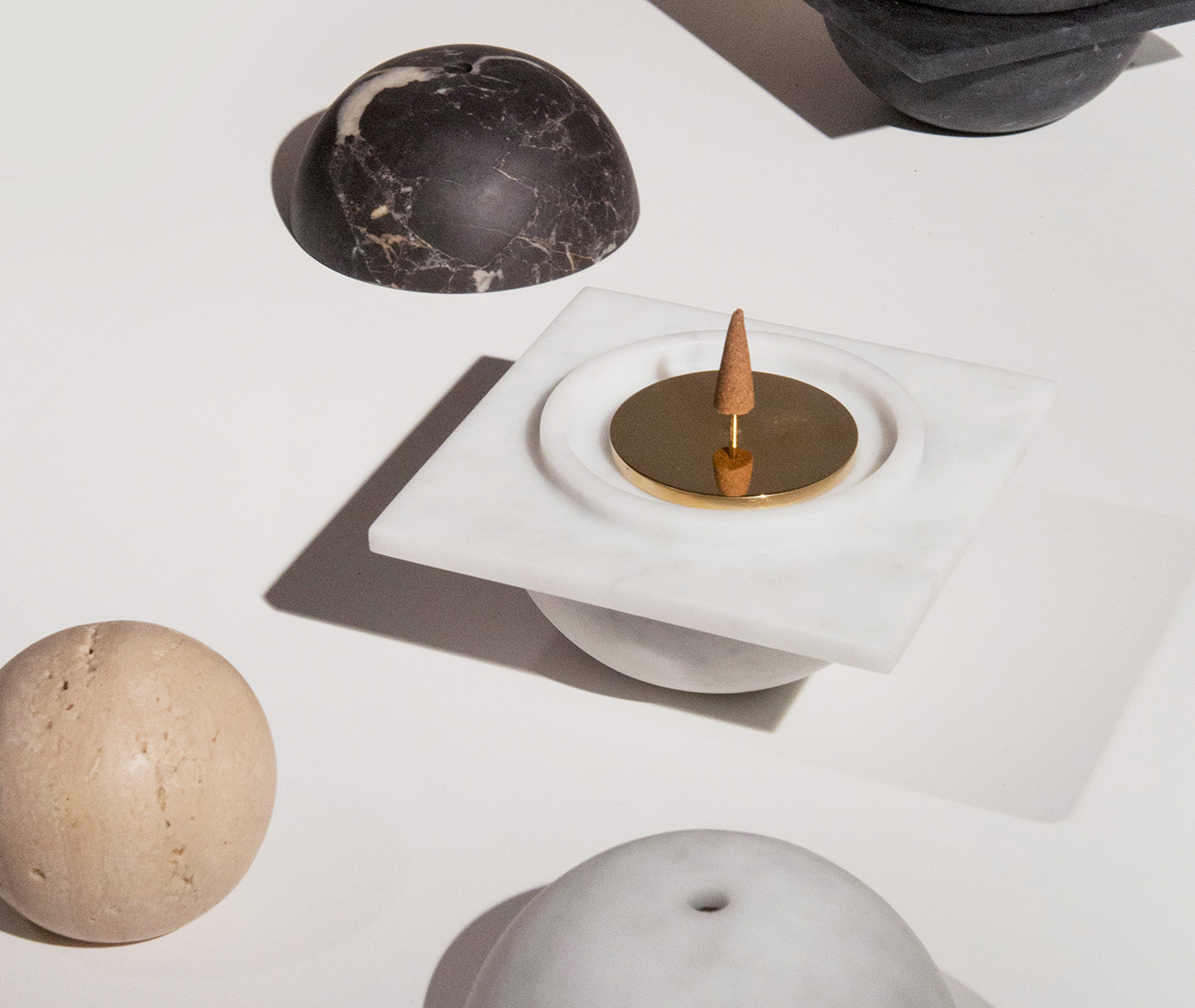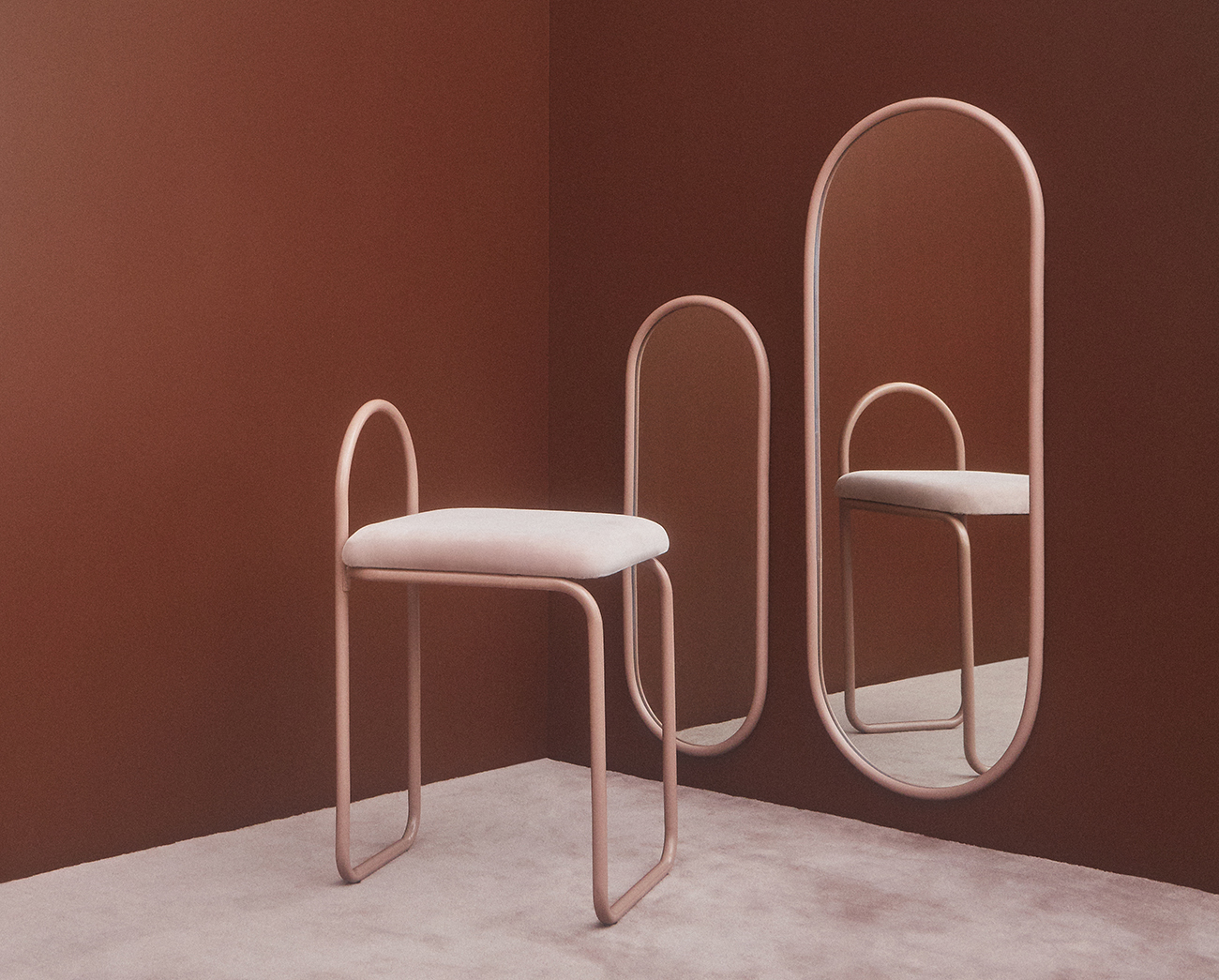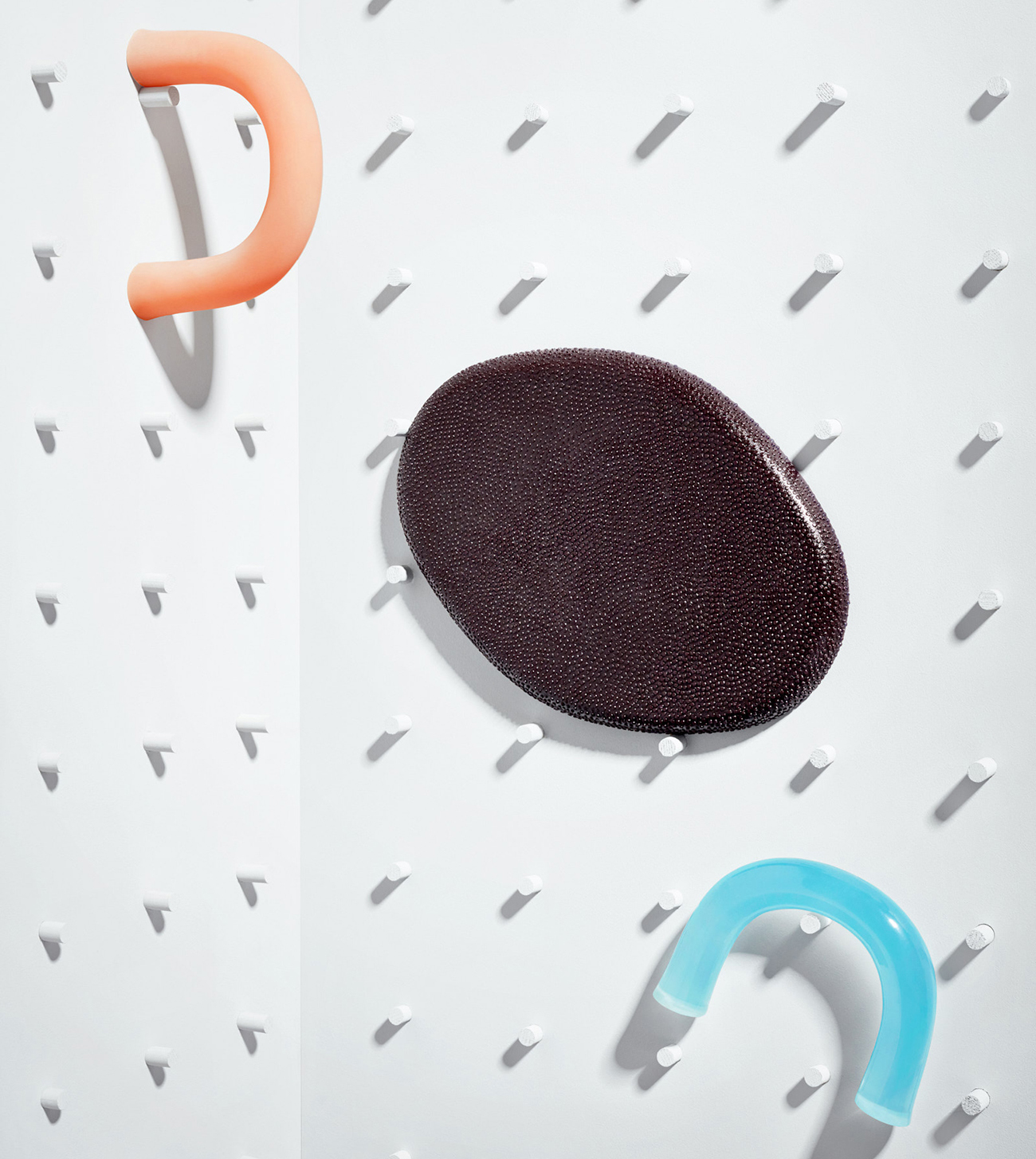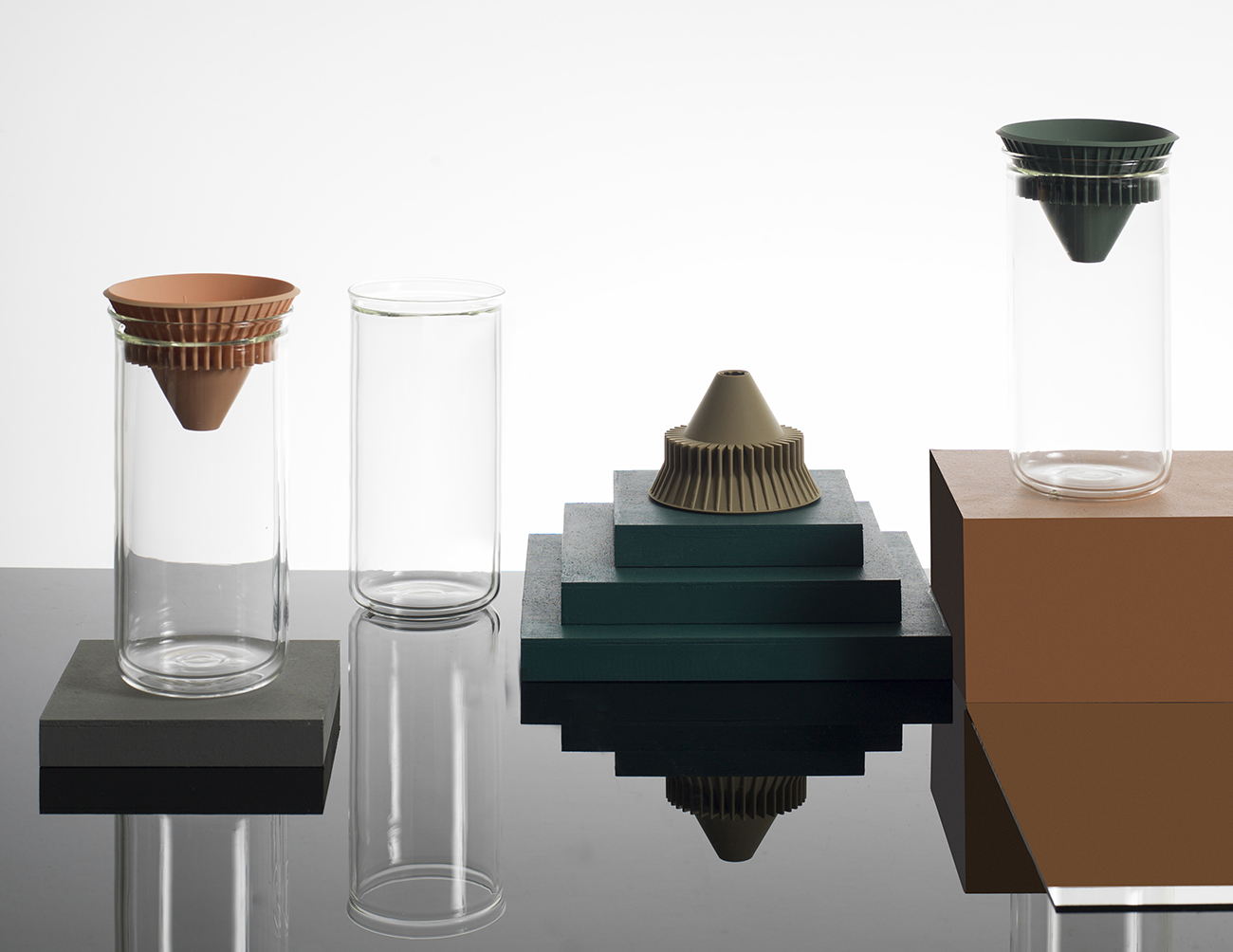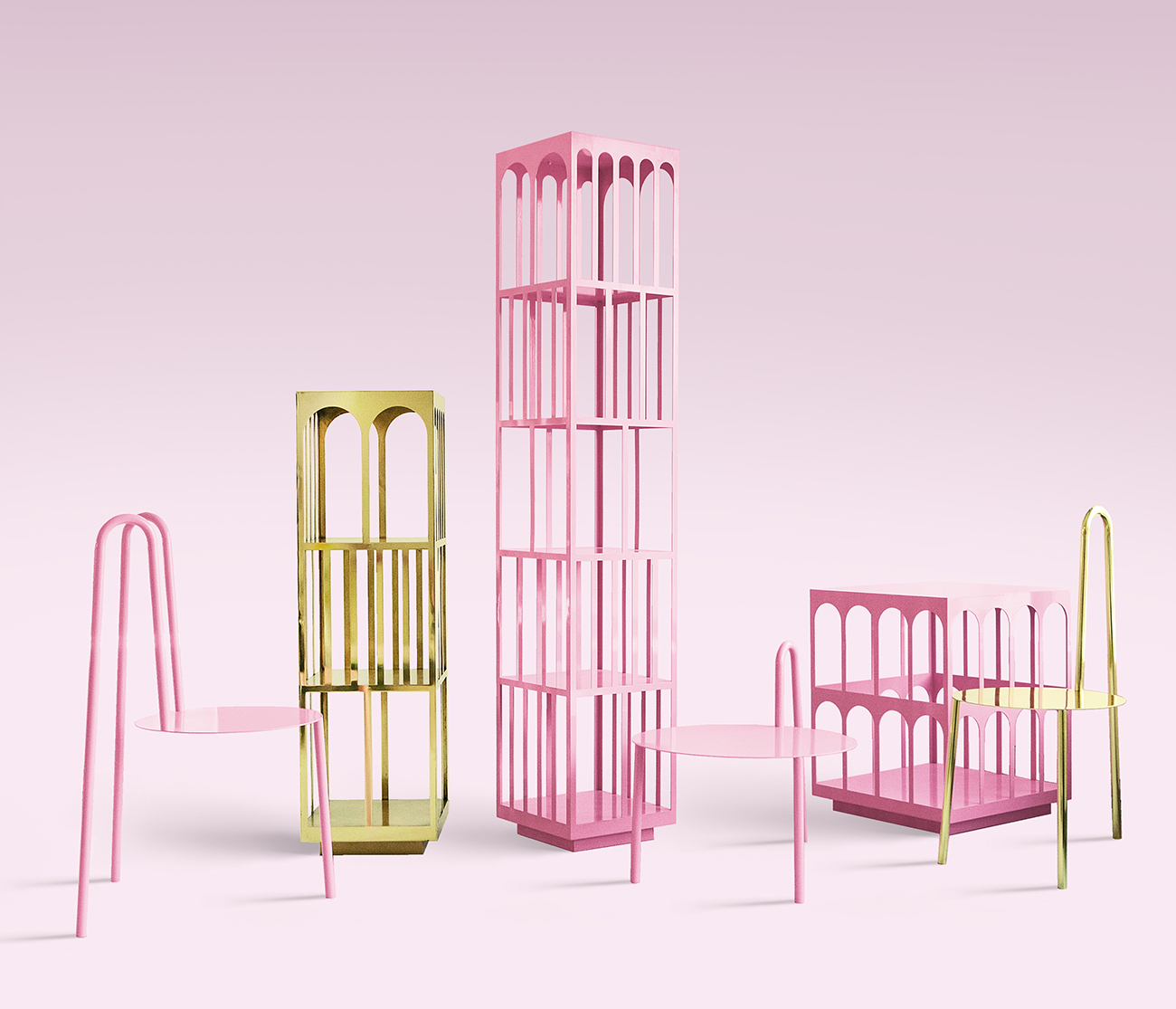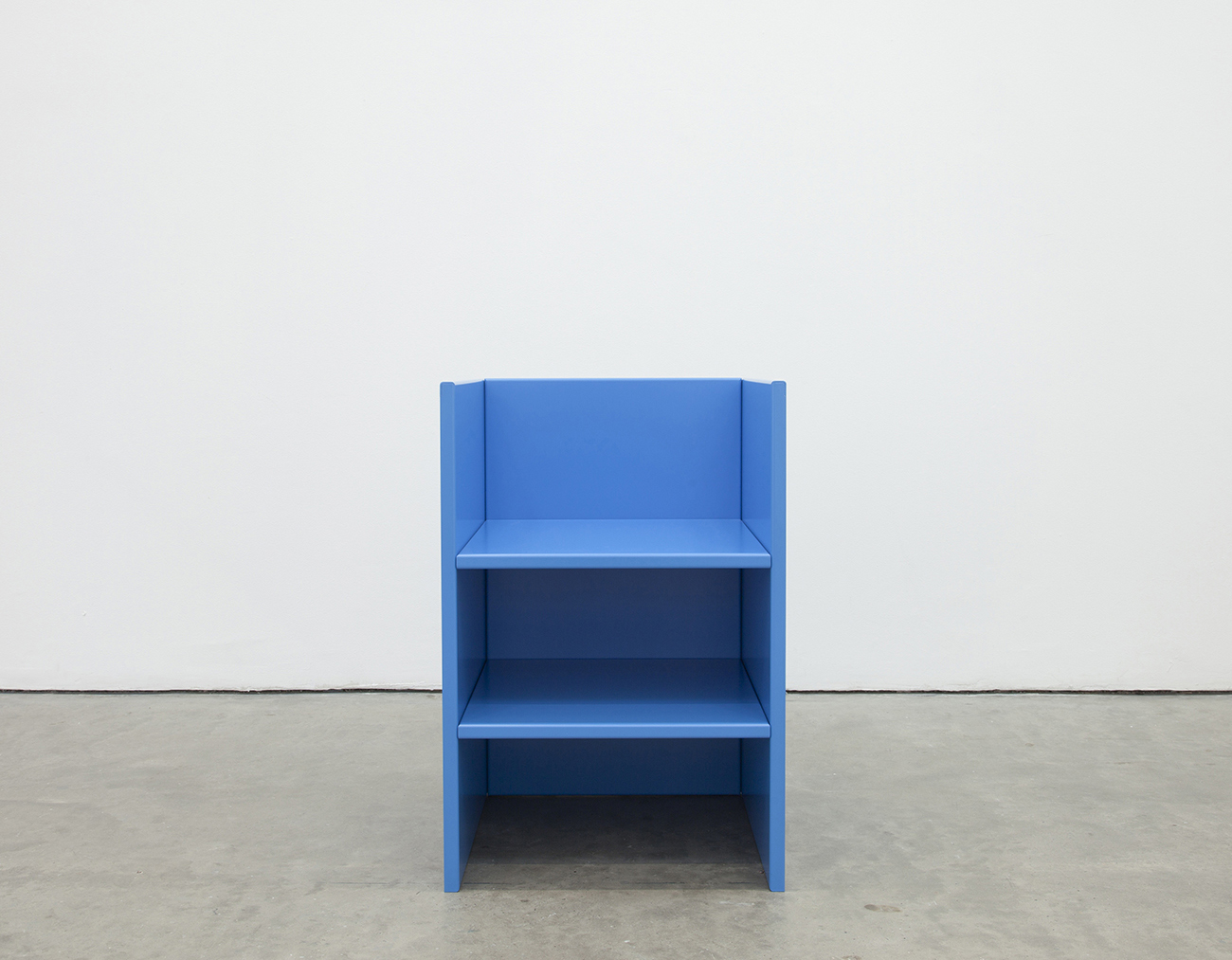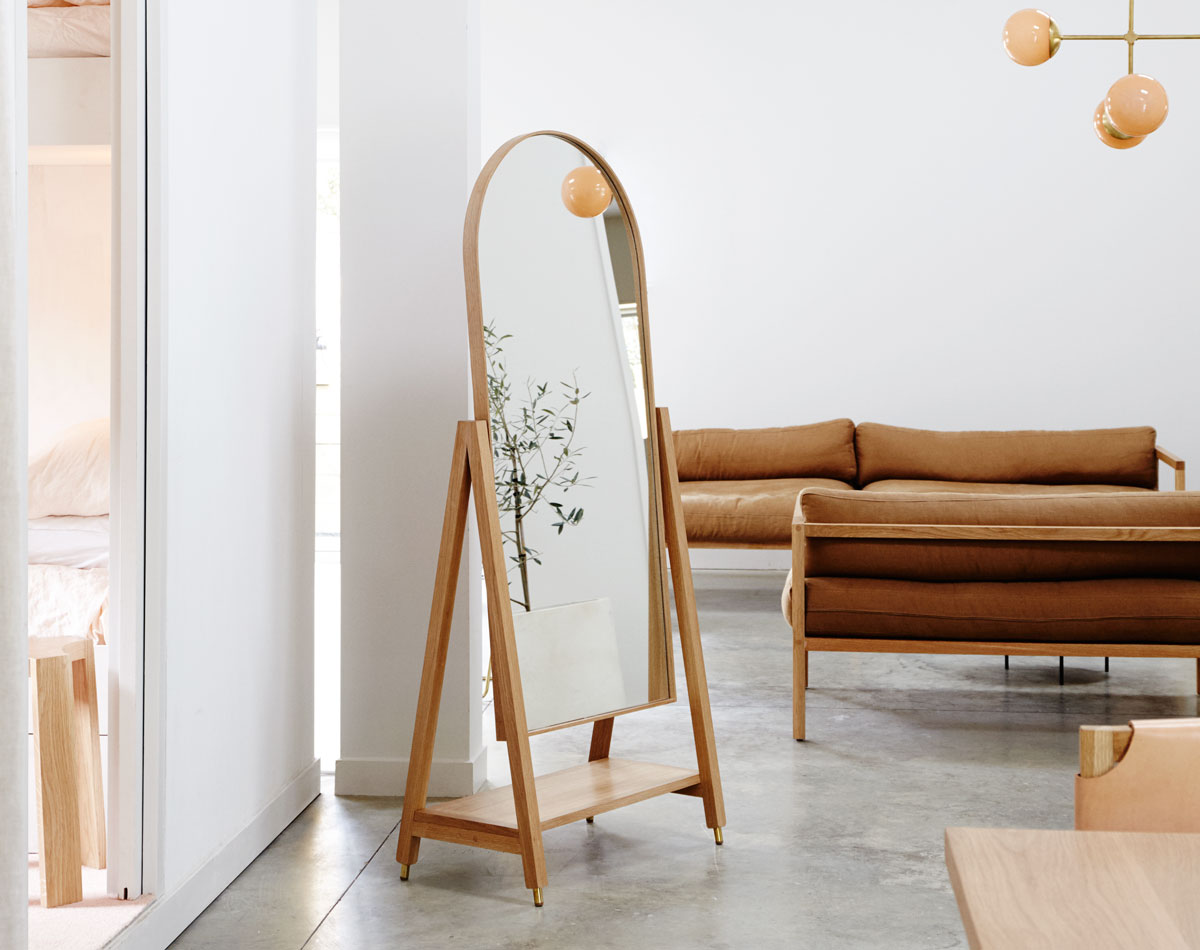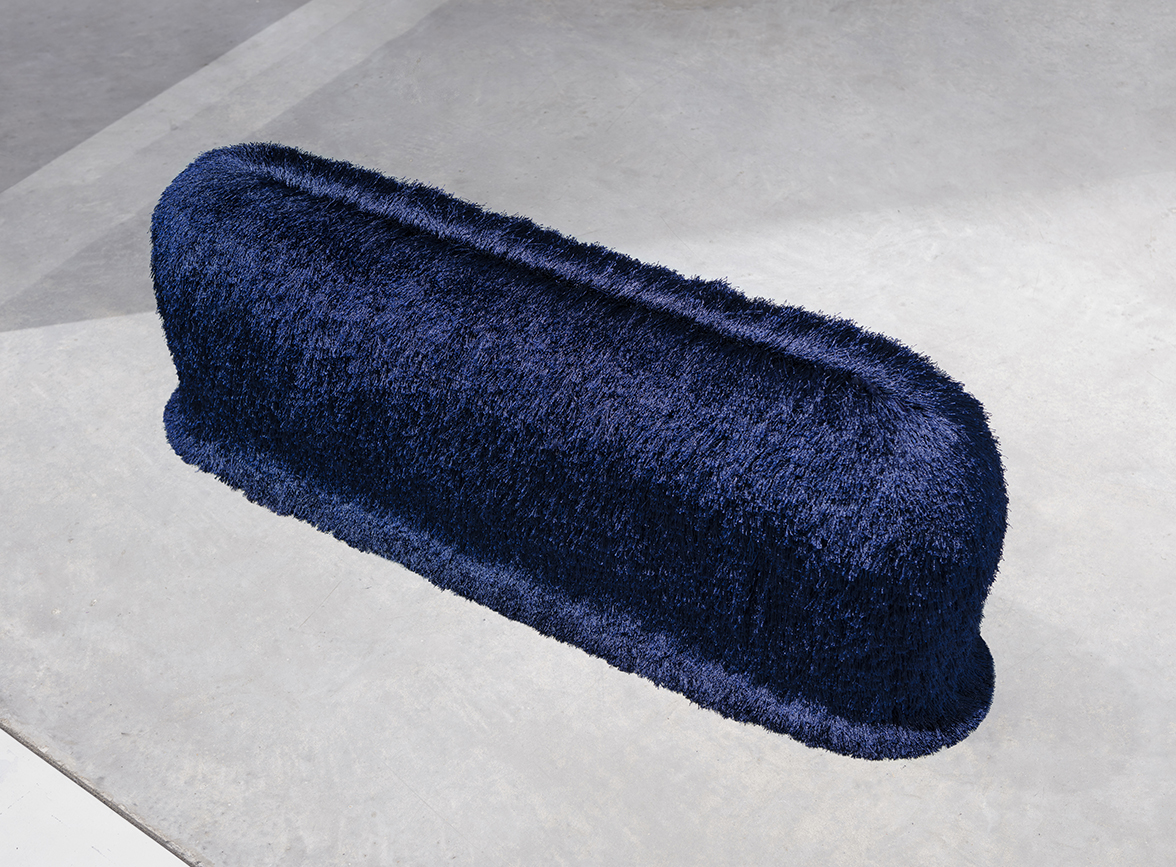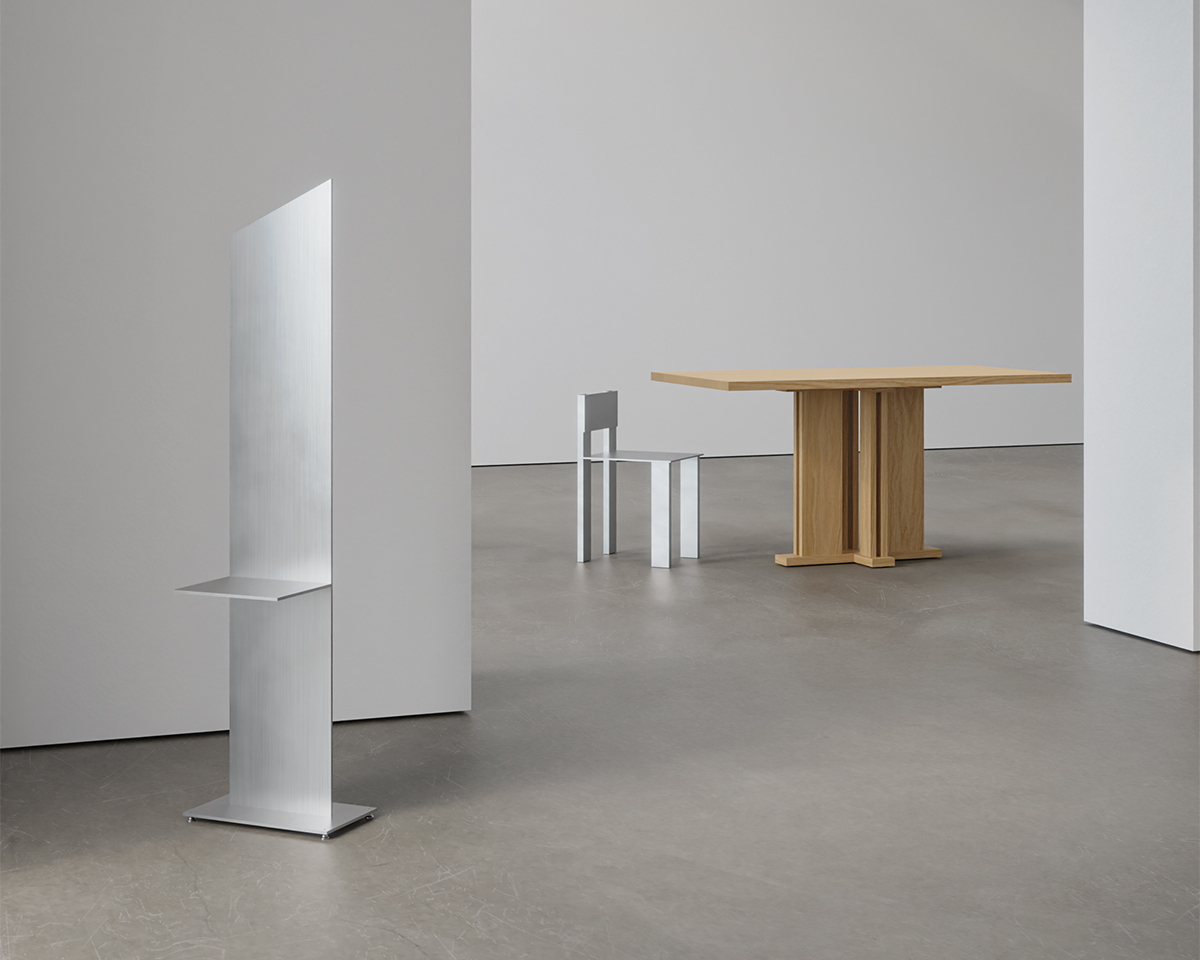
10.16.24
Sight Unseen Collection
This California Designer’s Steely Minimalism Was Inspired by Japanese Architecture and the Light & Space Movement
It's a common conundrum for creatives: knowing exactly what you want for your own space, but, more often than not, finding it does not exist. California-based designer Orlando Pippig began producing furniture for this very reason, without any formal training, to create a home filled with pieces he actually loved. Eight years later, something of an accidental furniture designer, he’s amassed a collection of striking minimalist designs — several of which we sell through our own Sight Unseen Collection — and he continues to expand his range of “usable sculptures” through experiments with materials, scale, and proportion.
